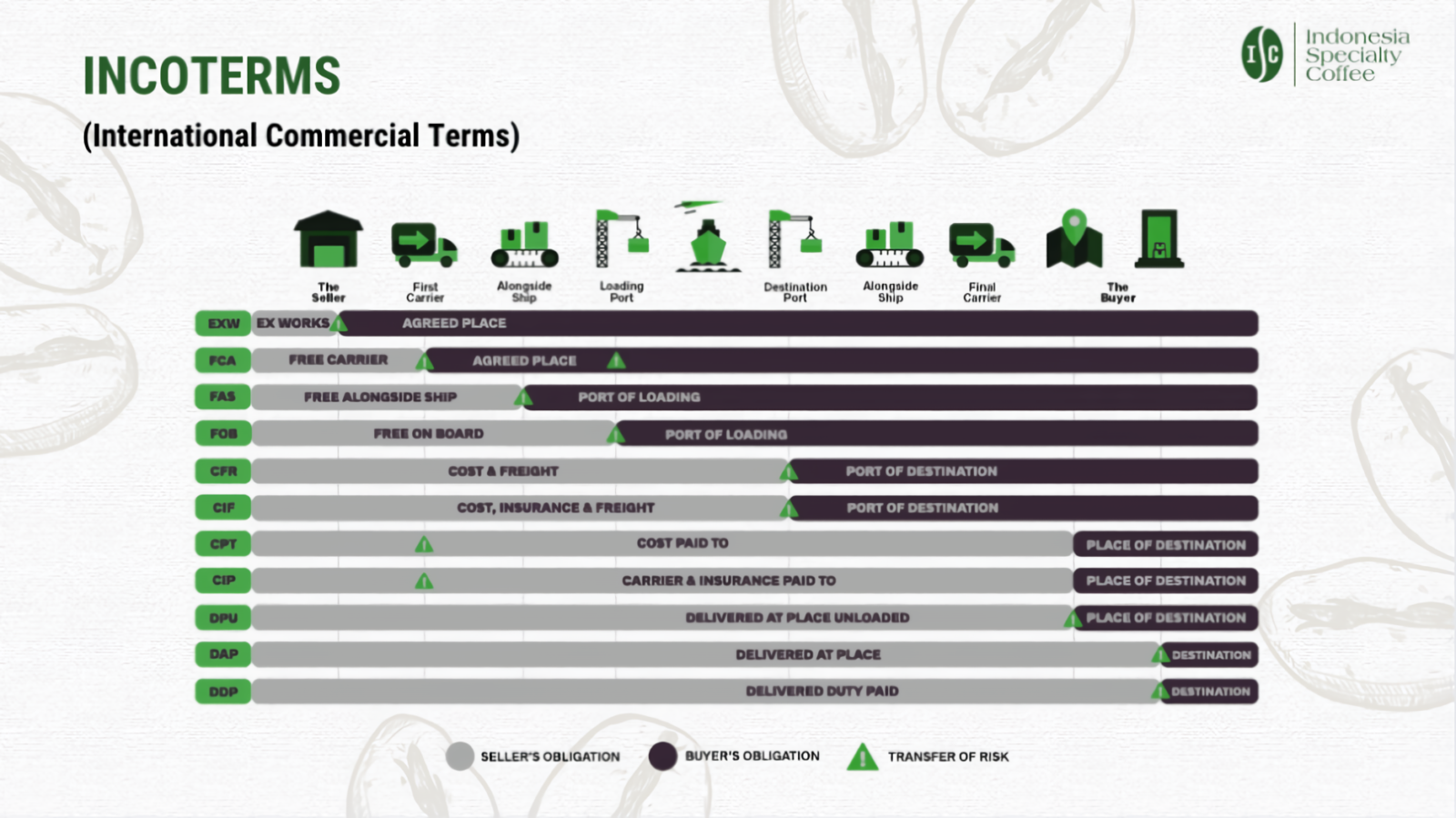When it comes to coffee, even the processes that seem the most straightforward at first (such as roasting, grinding, and brewing), there is a lot more going on behind the scenes than meets the eye, and these complexities have a significant bearing on the final product. The straightforward coffee filter (or is it?) is an example that fits into this category.
Most people envision a paper coffee filter when you use the term “coffee filter.” On closer inspection, however, what looks to be nothing more than a coffee filter is, in fact, a bleached bucket filter of the type that is most frequently utilized for standard coffee makers.
It is not always easy to get your head around how the myriad of coffee filter sizes, shapes, and materials affect your regular cup of joe because it can be a bit of a minefield. However, there is no need for concern because the following article will help you better understand the distinctions and how these variables can influence the overall quality of the coffee brewing experience.
Table of Contents
Forms of Coffee Filters
There are three primary “shapes” of coffee filters: conical, bucket, and disc filters. Conical filters are the most common type. The majority of people are familiar with the conical and bucket filters that are sold commercially. Let’s begin with these filters because they are the most common type used in household and commercial coffee brewers. After we’ve covered them, we’ll discuss the distinctions between the other types.
Conical Filters
Conical coffee filters have a large hole that progressively narrows to a point, as you would have guessed based on the product’s name. This allows the coffee to flow through the filter more quickly. These are the coffee filters used by drip coffeemakers and pour-over coffee systems in residential settings.
Conical filters are available in four different standard sizes, determined by the coffee machine’s amount of coffee.
What are coffee filter sizes?
- Coffee Filter #1: This size is suitable for use with pour-over systems or coffeemakers that produce only one cup of coffee at a time.
- Coffee Filters #2: This size is suitable for coffeemakers that hold two to six cups of coffee and pour-over coffee makers that hold one to two cups.
- Coffee Filters #4: This size is designed for coffee makers with eight to ten cups of coffee and pour-over systems.
- Coffee Filters #6: This size is used for big coffeemakers that hold 10 cups or more.
Buckets Filters
Traditional drip coffeemakers often use bucket filters, also occasionally called basket filters. In contrast to its conical relative, the bucket filter boasts a wide opening and a flat bottom. However, the size of it isn’t always a benefit. If the coffee grounds are not evenly distributed, the brewed coffee may not be adequately extracted, resulting in a bitter flavor.
Discs Filters
Coffee makers that use a percolator, such as the French Press or the Aeropress, are the most common ones that use disc coffee filters. Coffee ground to a consistency between medium and medium-coarse works well with these filters. You are welcome to go through our inventory of replacement disc filters for the Aeropress if you are curious about their appearance or are simply building up your supply for the future.
Different kinds of filters for coffee
Paper coffee filters, often known as disposable and permanent, are the two primary categories of coffee filters. During the brewing process, the materials that make up the coffee filter are the single most critical component, as they have the potential to significantly impact the flavor attributes of the coffee bean.
When selecting a coffee filter, there are many factors to consider, ranging from the potential for under-extraction to the soaking up of aromatic oils from the coffee to environmental concerns. See? It’s not as straightforward as one might believe it is.
Permanent filters
Permanent filters can be divided into two major groups: those made of metal and those made of reusable materials. Both are excellent choices for the coffee aficionado concerned about the environment and wants to reduce the amount of waste produced while making their coffee in the morning.
A metal
Steel or another material with a comparable composition is used to make metal filters. This particular style of coffee filter offers a few advantages and disadvantages. Even though they consume less paper and generate less trash, the fact that they are often designed for pour-over brewers limits how other coffee brewers can use them.
In addition, they are not biodegradable, and if they are not thoroughly cleaned, minute particles and other types of coffee filth can accumulate, which will have a detrimental impact on the flavor of your freshly brewed coffee. You will be relieved that Coffee Bean Corral carries many cleaning agents that can remove the filth left behind by coffee, allowing you to keep your metal filter in good condition and continue to brew flavorful coffee throughout the year.
Modifiable and Reusable
A coffee filter made of cloth is an alternative option for those looking for a “permanent” filtration method for their coffee. These coffee filters are notorious for being hard to find (at least in North America). Cloth filters are often crafted from fibers that have been intricately woven together. These fibers can serve as a sieve, collecting any coffee grounds (even fine grounds) without rapidly absorbing the coffee’s natural oils.
The video by James Hoffman is an excellent introduction to the proper maintenance of cloth filters, specifically the practice of properly cleaning the filter after each use. Also, remember that they shouldn’t dry out too much or stay moist between applications since both might cause off-flavors to develop in the product.
In general, filters of this sort can be reused for around one hundred brewing cycles before they begin to accumulate micro-grounds and oils from coffee, imparting a flavor to the coffee.
Filters made of paper
Paper coffee filters are the most popular because they are inexpensive and straightforward. Even though they are biodegradable and disposable, they can lead to excessive garbage if not composted. Bleached paper filters and unbleached paper filters are the two varieties of paper filters that are available.
In a bleached state
In most cases, the paper used in coffee filters has been bleached with either oxygen or chlorine. To our great relief, most coffee filters manufactured now are oxygen bleached. If a paper coffee filter has been bleached, it will be white. This is how you can tell.
The bleaching process makes it possible for the paper filter to capture finer particles, which results in a cup that has a smooth flavor and is free of ground. The disadvantage is that the bleached paper filter will soak up the natural oils the coffee grounds release, resulting in a cup with a less robust flavor overall.
Not bleached
Unbleached coffee filters are exactly what they imply from their name; they have not been bleached. They generally do not have the same degree of whiteness as bleached filters. However, due to the filter’s lack of processing, the flavor of your already watered-down cup of coffee is altered to taste more like paper. You can get rid of the flavor of paper by passing hot water through the filter before you use it.
Concerns, Questions, and More
Do Different Types of Coffee Filters Offer Varying Degrees of Flavour?
Yes. As was said earlier, the flavor of one’s coffee can be altered by the choice of coffee filter. The significance of this factor is directly proportional to your selected brewing technique. We hope any uncertainty regarding the appropriate coffee filter has been alleviated by providing examples of their differences.
Coffee filters, do they ever “go bad”?
Both yes and no. Again, this is dependent on the kind of coffee filter that you use. Paper filters do not expire. However, using them more than once is not a good idea. If they are maintained and cleaned correctly, metal filters can be used for an infinite amount of time. On the other hand, cloth filters are only considered to have “gone bad” after a predetermined number of brews.
Would it be possible to compost your used coffee filter?
You can compost the coffee grounds and the coffee filter provided it is a paper coffee filter. If it is, then you may also compost the coffee grounds. Compost can be made from used coffee grounds as well as coffee filters. After brewing your coffee, bury the used coffee filter and grinds in your compost pile rather than throwing them away.
If I Do Not Possess a Coffee Filter, What Other Options Am I Able to Consider?
A wide variety of items, including toilet paper, muslin cloth, paper towels, a fine sieve, and even cotton socks, can serve the purpose of coffee filters in a pinch.
However, because none of these alternatives are intended to be used as coffee filters and would significantly negatively impact the brewed coffee’s overall quality, we do not recommend using any of them.
The final word
As you can see, there is a wide range and selection of different coffee filters. The coffee filter’s size and the substance it is produced from have distinct benefits and drawbacks, which might impact the final product when making coffee. We have high hopes that this article has shed some light on why those differences are essential and how to select the appropriate filter to make the best cup of coffee.
Read also:
How Much Coffee Should You Use? A Guide to Perfect Coffee Measurements
Indonesian Coffee Tasting 101: From Earthy and Spicy to Fruity and Floral








